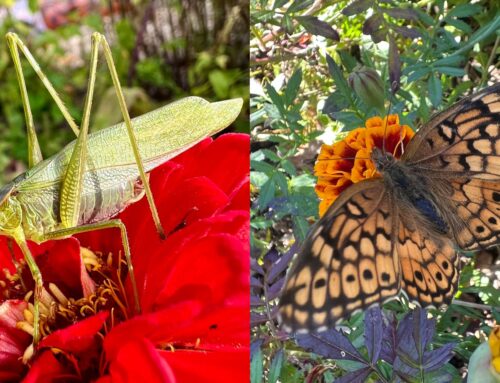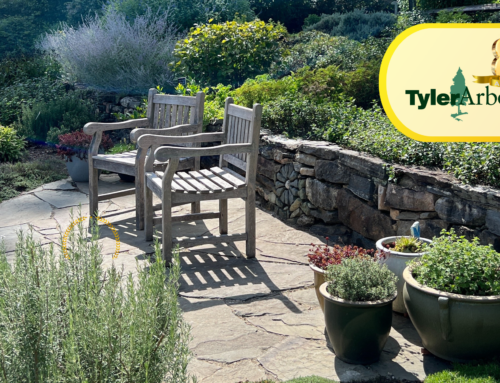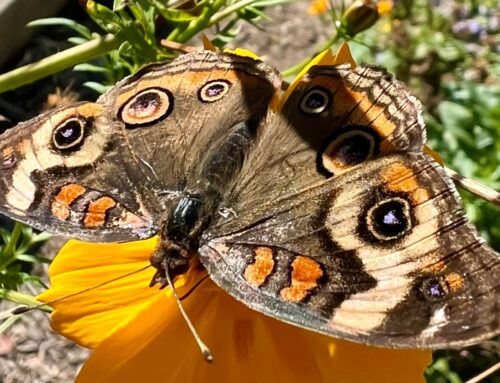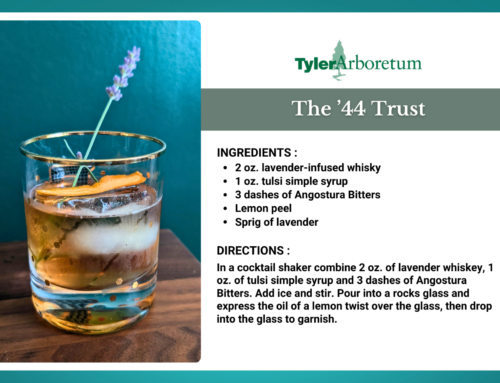People and plants have a long history. We’ve used them for food, for the fibers that make our clothes, for our shelters and also for our medicine.
Some of our time-tested plant remedies are well known, like witch-hazel (Hamamelis virginiana) to heal the skin and aspirin from the bark of a white willow (Salix alba). Still, others are growing in popularity, like coneflower (Echinacea sp.) for immunity and St. John’s wort (Hypericum calycinum) to treat depression.
In autumn 2023, staff and volunteers in Lucille’s Garden added a brand new planting just in front of the vegetable garden to showcase some of these beautiful medicinal plants. Read below for a quick tour of some of the species you’ll find featured in this new garden space.
Nepeta ‘Walker Low’, Catmint
This tidy, fragrant flower makes an ideal border in a cottage garden, but did you know you can also use it in tea? With a flavor reminiscent of citrus and mint, catmint has been used to treat asthma, coughs, and bronchitis and as a tea for colic and upset stomachs. People have also used it as a poultice to promote healing. All that, plus it makes a great ground cover! Catmint has a long history as a medicinal plant and you can learn more about its possible applications and efficacy here.
Achillea ‘Terra Cotta’, Yarrow
People have been using yarrow medicinally around the world for thousands of years! This beautiful native plant is used as a tea to treat digestive issues and as a poultice to assist with wound healing. In fact, the genus name for the plant (Achillea) comes from the Iliad, where Achilles used yarrow to treat his soldiers’ wounds. Yarrow tea may even be useful in treating depression and anxiety. Yarrow was even used as a bittering agent in early American beer! There’s work being done by the scientific community to assess the phytochemicals found in the Achillea genus for their uses in medicine, and you can learn more about this fascinating group of plants here.
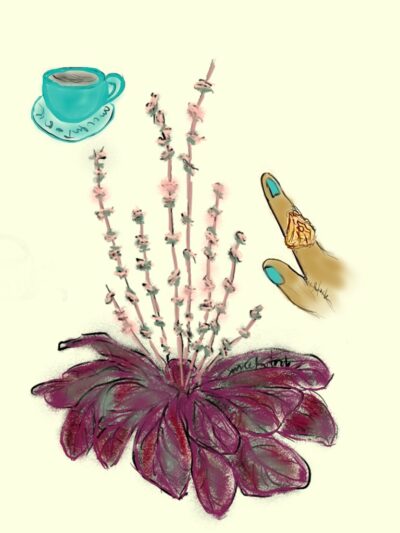
Salvia ‘Purple Knockout’, Lyre-leaf sage
Tradescantia ohiensis, Ohio spiderwort
Ohio spiderwort has been used medicinally in a number of different ways, including as a poultice to treat insect bites and stings! This tough native wildflower can grow in most gardens, and the bright blue flowers add charm to the landscape. All that, plus it might help reduce pain from bee stings and mosquito bites? Yes, please! You can learn more about this hardy native plant here.
Hypericum calycinum, St. John’s wort
This beautiful flower lifts your mood whenever it blooms and has been used for thousands of years as a tea or infusion to treat depression and anxiety and as a wash to promote healing. People also burned branches on the eve of St. John’s feast day to ward off evil spirits, which is where the plant gets its common name. With sunny yellow flowers that are a magnet for pollinators, this shrub also beautifies the garden. You can learn more about this useful plant and its potential efficacy here.
Hibiscus ‘Lord Baltimore’, Swamp rose mallow
Meet your new favorite tea! Hibiscus tea is not only delicious; it is a popular treatment for coughs and colds. With a bright, citrus flavor, this tea really adds to your winter wellness regime. Poultices made from the leaves are also said to help treat bruises and swelling. Hibiscus adds color to the garden, with wide dramatic flowers that dazzle in a back border. Despite looking like a flower from a distant tropical garden, Hibiscus moscheutos is native right here in Pennsylvania and will be a perennial delight in your garden. You can learn more about Hibiscus plants here.
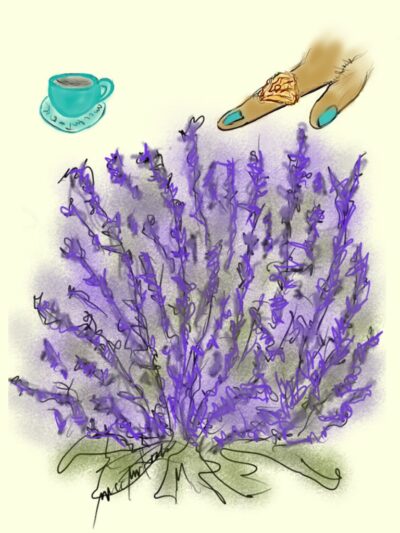
Nepeta ‘Walker Low’, Catmint
Echinacea ‘Cheyenne Spirit’, Coneflower
We guarantee you’ve heard of this beautiful native flower! This plant is a favorite of pollinators, beloved of gardeners, and a time-honored treatment for colds and the flu. Echinacea is said to have immune-boosting powers and is used as a tea, infusion, wash, or in aromatherapy to reduce stress and improve general health. Echinacea is an active area of research in the medical community, and you can read more about the current research here.
Salvia ‘Purple Knockout’, Lyre-leaf sage
Salvia has had a place in the medicine cabinet for thousands of years. Used as a tea or a poultice to reduce inflammation, promote healing, relieve pain, and treat infection, salvia is as useful as it is beautiful. The deep purple leaves of this variety add color and texture to the garden. The medical community is currently engaged in evaluating Salvia for its potential use in the development of medicines. You can learn more about this plant and its phytochemistry here.
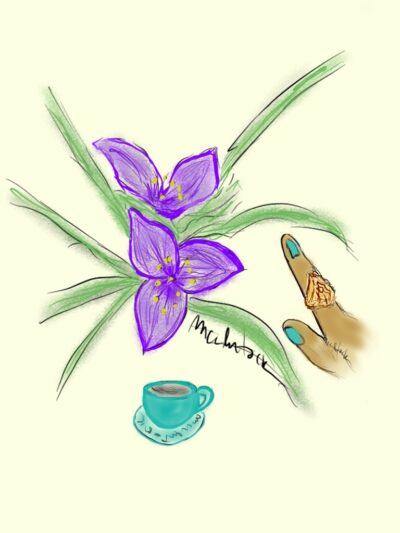
Tradescantia ohiensis, Ohio spiderwort
We’re excited to see this garden grow throughout the season. As always, consult with your doctor before beginning any new medicinal treatments or supplements. We’re not doctors here at Tyler…but we sure do love plants. Gardens like this one provide a window into the past, a link to the way plants have shaped and influenced our lives. They might even serve as a map to the future as the scientific and medical community explores different plants and their applications in medical development. Stop by for a visit next time you’re at Tyler! We’re excited to show you around.



